by h2ss
From a technical bet to a worldwide success
Nintendo in all its splendor
Small note before starting: the question of whether "GameBoy" is male or female who fought a lot of fights during my elementary school, I decided to take my revenge on History by imposing my thesis: the GameBoy is a girl and I piss you off.
Before the GameBoy
What better way to savor what GameBoy is than to remember what was there before?
As for shows, after some attempts on the side of Magnavox or Atari, Nintendo imposed its standards by releasing the NES in 1983. This launches what is now called the third generation of home consoles that makes following the collapse of the market. In this generation, we find some pearls, but it is especially the Master System that interests us, developed by Sega and released in 1985. Because Sega, we will not badly talk about it here.
Besides Sega then marks the industry of a big blow by taking Nintendo of speed on the fourth generation. While the PC Engine had started this new era, it's really Sega who made this generation that 16-bit by releasing its MegaDrive in 1988. Nintendo will not follow suit that 2 years later, with the Super Nintendo, cumulating in passing these same 2 years of delay on its competitor on the 3 world markets.
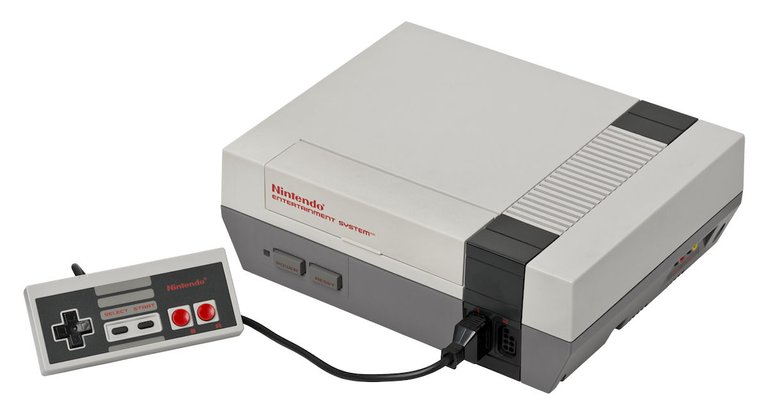
It's for your living room. As for portable consoles, we were far from having categorized everything like that. We do not even talk about the portable consoles generation preceding the GameBoy. Yet how not to talk about the two systems that inspired it: Game & Watch, released from 1980 and Microvision, released in 1979. But that's about it.
Suddenly, everything was yet to be invented and to do this, who other than the brilliant creator of Game & Watch, Gunpei Yokoi, could supervise the project? With this in mind, Nintendo's dictator-general, Hiroshi Yamauchi, handed him the baby.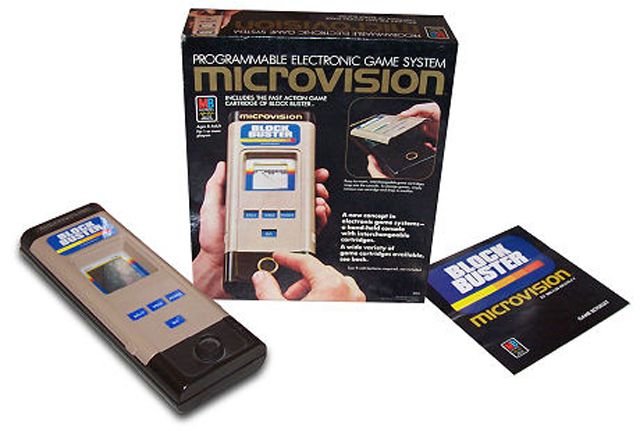
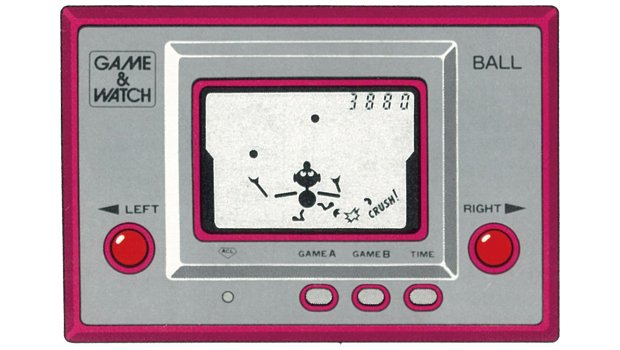
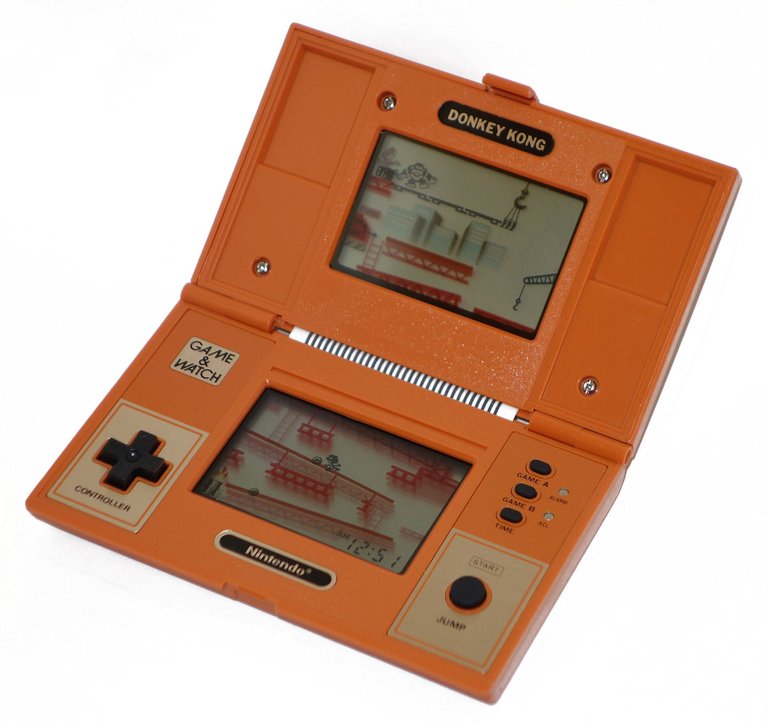
Pocket Famicom or DaMé Game
The idea is very simple: The NES was released a few years earlier, in view of recent technological developments, it should not be too difficult to now make a portable console for a low production cost to sell it cheap (Because in the heads of people, a portable console will necessarily be cheaper than a home console).
But from the first phases of testing, Gunpei Yokoi is confronted with a terrible reality: a color screen and more backlit, it consumes a max. But what would be the point of having a portable console if you can not play anywhere, if it is absolutely necessary to connect to the sector to play? It is for this reason, priority to any other, that the GameBoy will be equipped with an unlighted monochrome screen. Add to that that a color screen is much more expensive to produce, you get everything Yokoi wanted to avoid.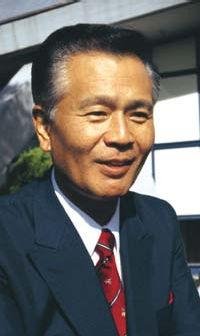
It remained now to choose a good screen. For the record, the Game & Watch used LCD screens, yes, but with predefined drawings that prevented de facto to use a console for another game. But in the specifications of the "Pocket Famicom", it was necessary of course that the games are interchangeable. The Dot Matrix technique (basically, the pixels) was therefore designated (hence the code name of the console: Dot Matrix Game, or DMG), especially since Epson had just developed the technology "Chip on glass" which offered the same characteristics as a television screen, but much less expensive. Moreover, Nintendo has asked for quotes from Epson and Citizen (the cheapest on the market) to successfully lower prices at Sharp, its historical ally (and in Japan, we do not change subcontractors without lose his honor!).
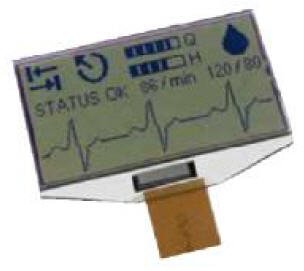
Sharp's prototype, based on Epson technology at Citizen's price, quickly convinced Yokoi to order several trucks. But that's where Yamauchi comes in. The terrifying boss, learning about the progress of the project, asks to take the prototype of the console in his hands. Instinctively, he carries it by placing the screen upward, as anyone would. Yokoi had planned everything based on his own way of holding a Game & Watch, so with the screen tilted down. Obviously, unable to see comfortably what was displayed on the screen, Yamauchi has stopped the production of these screens deemed catastrophic.
It was a terrible ordeal for Sharp, who had just invested four million yen in the production lines, and for Yokoi who was to tell them that it was not going to serve. Legend has it that, in all his career at Nintendo, this event was the hardest for Gunpei Yokoi to overcome and burnout was waiting for him.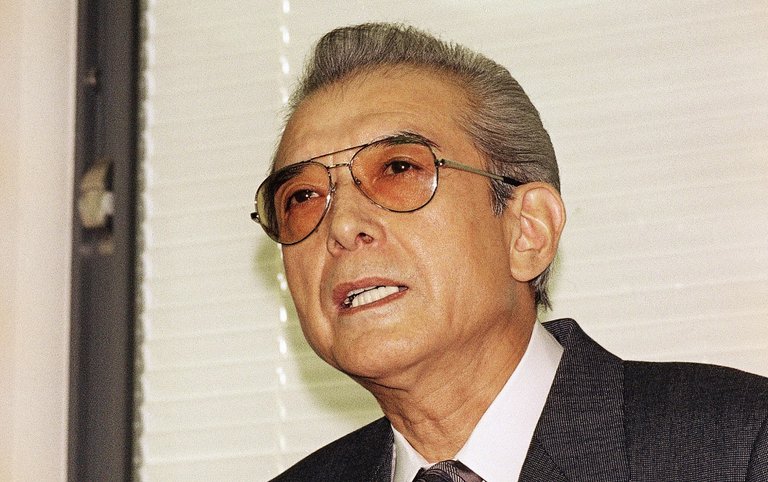
Finally, a more suitable screen was found, the super-twisted nematic liquid crystal display (STN LCD). Inexpensive, energy-efficient, adapted to the outside world, it failed to offer a refresh rate much lower than other formats (including the popular TFT), which will be detrimental to future scrolling games. The screen of the GameBoy has dropped a lot of hair at Sharp, and engineers failing to agree on the quality of the image ended up placing a wheel that allows everyone to adjust the contrast at will .
Thus, the GameBoy is equipped with a more modern processor and more powerful than the NES, but a display of much lower quality. In the Nintendo premises, we laugh in the back of Yokoi and his team, calling their project "DaMé Game. DaMé being a word game between Dot-Matrix and Damé meaning bad in Japanese. Yet, despite these taunts justified by technological advances that the world knows, Gunpei Yokoi has had the full support of its president until the end of the project. The following you already know a little, right?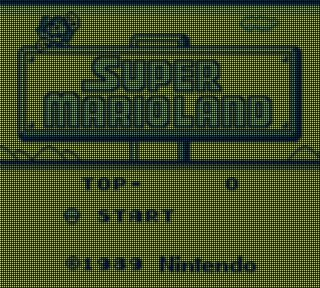
A success on all levels
With its design designed to fit in the pocket of jeans (at the time, these pockets were huge, which contributed to the success of this style of pants), two command buttons, the famous D-Pad and cartridges tiny for the time, the GameBoy invades the Japanese market on April 21, 1989 with 4 games planned to reach all potential audiences:
Yakuman is a Mah-Jong game mainly for adults on public transport. Baseball and Alleway (a brick breaker with Mario) are all-public games, easy to access and fast fun. Super Mario Land, developed by R & D1 without the paw of the creators of the saga Shigeru Miyamoto and Takashi Tezuka, is actually an order placed by Hiroshi Yamauchi, because Mario was not yet officially the mascot of Nintendo at the time. But Yamauchi knew that this kind of fun game alone could sell a console. As Miyamoto's team did not bend over the handheld at all, the Metroid and Kid Icarus team was tasked with developing the game. a new universe (Sarasaland), a new princess (Daisy), a new villain (Tatanga) and a whole gang of new enemies that will not be seen elsewhere for the most part ever thereafter.
Beyond his ability to conjure submarine and space shuttle scenes that Miyamoto has never dared to put into his own games, Super Mario Land surprises with his music. Composed by a heated Hirozazu Tanaka, it does honor to the console ... and will remain with The Legend of Zelda: Link's Awakening one of the only games on the console to fully use the sound capabilities of the GameBoy. It is also a reproach that will be very often made: the music is awful, garish, acute ...
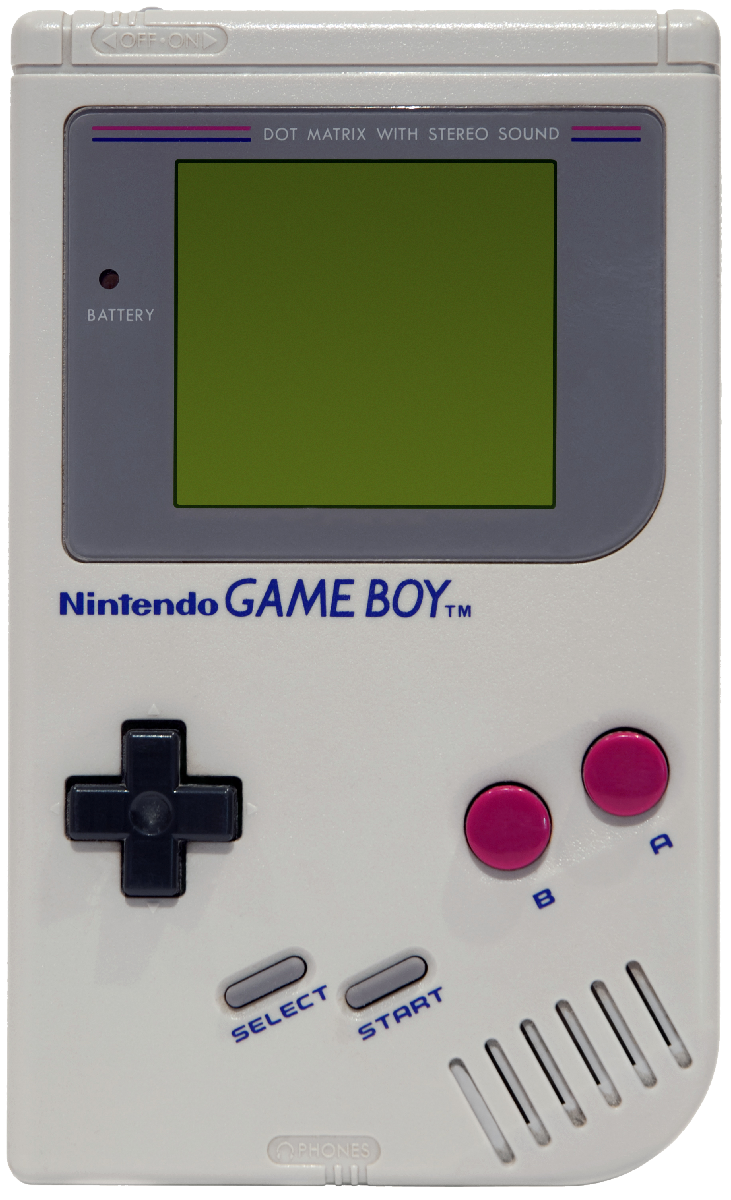
Still, it's a success in Japan. For example, Super Mario Land will have sold more than 4 million copies in the first year. Faced with such success, third-party publishers will soon bow to the president of Nintendo to obtain the license and the sacrosanct "Nintendo Seal of Quality. Developers will force themselves to create new games rather than stupidly adapt their NES games. Of course, we do not talk about cross-platform at the time and it was already rare to find similar games on two consoles consoles. But then on two consoles that are not competing and that affect a different market? The developers make the decision to make many changes to their original games (level design, difficulty, redesign graphics) to make real games for nomadic players. Others will do like Nintendo and invent all kinds of new licenses specially adapted to the portable market.
Global launch and arrival of the competition
Especially not to reproduce the mistake of the NES and Super NES that had left all the Western space to Sega, Nintendo decides to create what could look like a global launch. The console will be available July 31, 1989 in North America and September 28, 1990 in Europe. A decisive strategy because Sega and Atari were ready to launch themselves, also on the portable consoles market. Note that the GameBoy is the first console to have the same name in the three major markets worldwide. The console will be called elsewhere than in South Korea, because of the historical animosity between Koreans and Japanese. Samsung will distribute the console under the name "Mini Comboy. "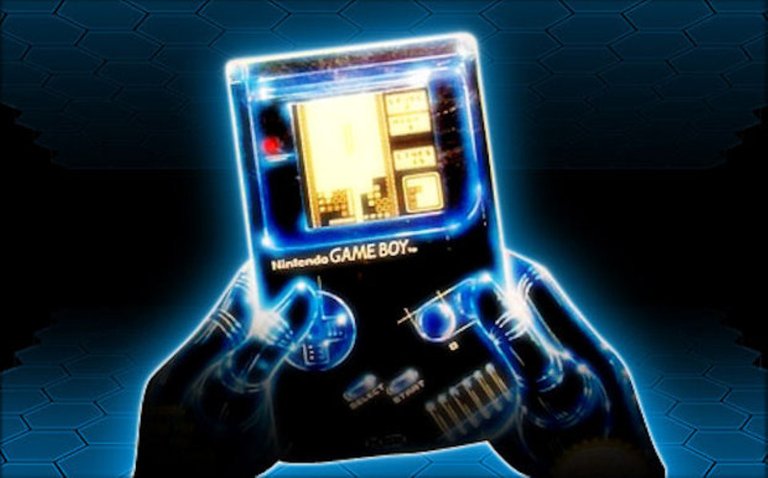
Meanwhile, Nintendo has managed a master trick by recovering the rights to exploit a license that will make the fame of the GameBoy: Tetris. Originally created by a Russian developer named Alexey Pajitnov, this puzzle-game was available on micro-computers. It was at the Consumer Electronics Show in 1988 that a Nintendo contact discovered the game. Suggestion to Nintendo of America president, Minoru Arakawa, that such a game would be much more sales than Super Mario Land (reserved for boys who already playing at the NES), he takes steps to obtain the rights. But the situation is rather complex, because the rights are apparently held by Tengen who has already brought Nintendo to court several times (and will continue to do so until the mid-1990s). After many unsuccessful attempts to recover the rights, it is ultimately a simple fax remained unanswered that will allow Nintendo to recover Tetris and make a big finger of honor to the rest of the world.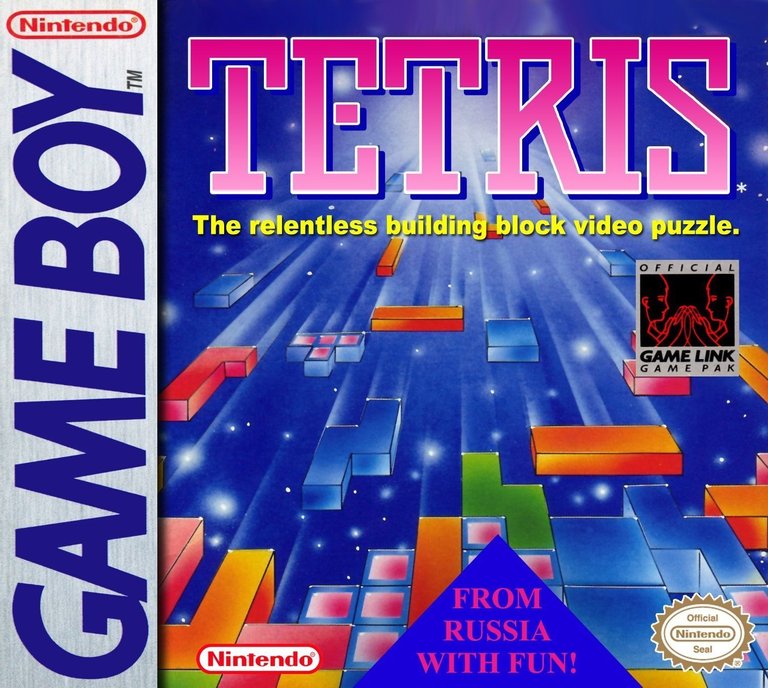
Anyone who has never made a mistake has never tried anything new.
- Albert Einstein
"The possession of wonderful means of production has not brought freedom, but worry and famine."
albert einstein